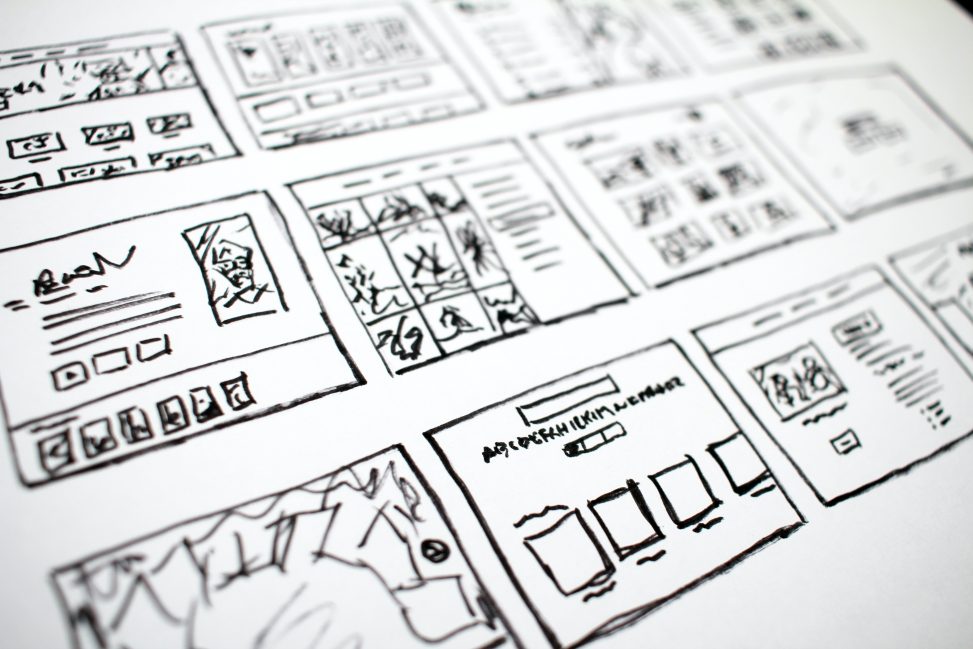The file below is the blueprint for my technology integration activity design. It contains the mains elements of a blueprint, the explanation of digital tools that I will use in my web-based activity, and the strategies of Universal Design for Learning (UDL). I plan to design a website (3 sections/pages) that presents the prearranged digital learning resources for students and better prepare students for the in-class speaking activities.
If you have any questions or advice, feel free to leave a comment!
More information on the activity:
Exploring Digital Solutions for Providing Effective Speaking Activities in EFL Class
Problem Identification: Effective English Speaking Activities


Erika Kirkpatrick
Hi Junxiang,
It took me a couple of read throughs to follow what you would want me to do – initial glance was a bit overwhelming as it seems there is a lot of content to cover. After I read through the second/third time, it was a lot clearer and I sorted out how to break it down into sections.
I like how you have a lot of interactive activities for the students – I can see how that would keep them engaged and focused on the task. It looks like you have a fair bit of student driven tasks and I’m wondering if that’s ever had some issues for you? I have staff who speak English and sometimes can’t get them to do anything I need them to do 🙂
Thanks for sharing
Erika
Junxiang
Hi Erika,
Thanks for your feedback. It is helpful for my final project. I need to simplify my introduction and description as it looks a little overwhelming. My initial plan was to use those activities to guide students in the final learning outcome. As you mentioned, students might feel resistant if there are too many tasks to do in one class. My solution is to avoid repetitive tasks (there are some tasks that I need to edit later)and present them in different formats. I will also try to include some simple, engaging, and related activities in my final project, making the learning process easier for students to follow. Thanks for your thoughts and sharing!
Regards,
Junxiang
Maragaret Gann
this looks like a most exciting topic!! thanks for sharing
Лев
Throughout the world, organizations empower youth to participate in civic engagement to impact social change, and adult-youth collaborations are instrumental to the success of such initiatives. However, little is known about how technology supports this activism work, despite the fact that tools such as Social Networking Applications (SNAs) are increasingly being leveraged in such contexts. We report results from a qualitative study of SNA use within a youth empowerment organization. Using the analytical lens of object-oriented publics, our findings reveal opportunities and challenges that youth and staff face when they use SNAs. We describe the illegibility of youth outreach efforts on SNAs, and how this illegibility complicated staff attempts to hold youth accountable. We also characterize how youth and staff differed in what they felt were socially appropriate uses of SNA features, and tensions that arose in the co-use of these tools. We conclude with implications for the design of collaborative technologies that support youth-led activism in organizational contexts. Developing cross-device multi-user interfaces (UIs) is a challenging problem. There are numerous ways in which content and interactivity can be distributed. However, good solutions must consider multiple users, their roles, their preferences and access rights, as well as device capabilities. Manual and rule-based solutions are tedious to create and do not scale to larger problems nor do they adapt to dynamic changes, such as users leaving or joining an activity. In this paper, we cast the problem of UI distribution as an assignment problem and propose to solve it using combinatorial optimization. We present a mixed integer programming formulation which allows real-time applications in dynamically changing collaborative settings. It optimizes the allocation of UI elements based on device capabilities, user roles, preferences, and access rights. We present a proof-of-concept designer-in-the-loop tool, allowing for quick solution exploration. Finally, we compare our approach to traditional paper prototyping in a lab study.